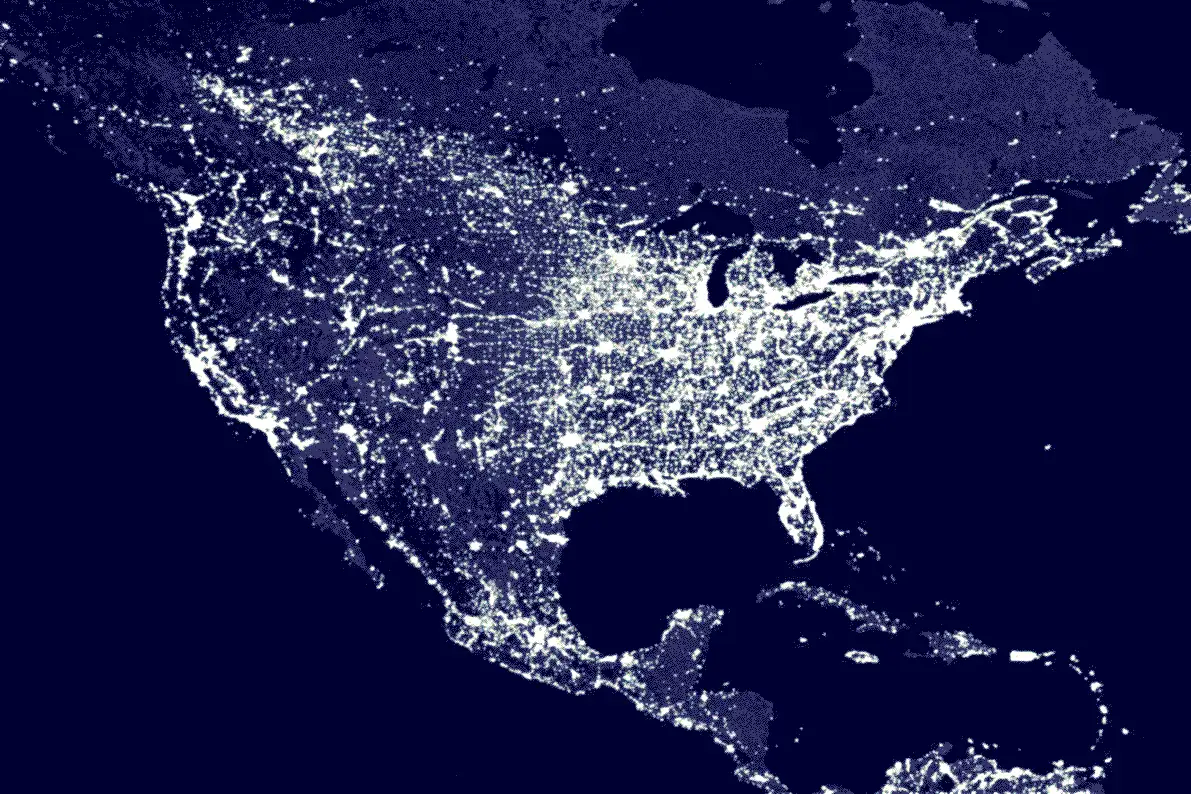Judge rejects challenge to energy mandate
By East Valley Scottsdale Tribune
CSA Z462 Arc Flash Training - Electrical Safety Essentials
Our customized live online or in‑person group training can be delivered to your staff at your location.

- Live Online
- 6 hours Instructor-led
- Group Training Available
In an eight-page opinion, Maricopa County Superior Court Judge Joseph Heilman rejected arguments by the Goldwater Institute that commission members were overstepping their authority. Clint Bolick, the instituteÂ’s litigation director, argued that the regulators can set rates but cannot get into how and where companies generate their power.
And Heilman found nothing wrong with allowing the utilities to pass on the higher costs of renewable energy like wind, solar and geothermal to their customers.
The ruling is a significant victory for the commissioners, who had made the issue of weaning companies away from carbon-based power sources a major goal. And commissioners already are looking at expanding the mandate beyond that 15 percent.
Bolick, however, had a different take on the ruling. “The court sustained an unprecedented power grab by a renegade agency,” he said.
Bolick said the result is that Arizona’s utility ratepayers “will have to pay the enormous price.”
The Goldwater Institute is expected to appeal.
Kris Mayes, who leads the commission, said the mandate is not only legal but also financially defensible. She said pushing alternate sources moves the state away from its reliance on fossil fuels for power, fuels whose costs could increase with the enactment of new state or federal regulations to cut greenhouse gas emissions.
“We have always believed the commission has the authority to keep electricity rates as low as possible by requiring our utilities to maintain diverse energy portfolios that include renewable resources... and this decision upholds those efforts.”
In a written statement, Mayes called the decision “an enormous victory for all Arizonans.”
But the Goldwater Institute said Arizona electricity users will face at least $2.4 billion in additional utility surcharges if the judgeÂ’s ruling stands.
“The court sustained an unprecedented power grab by a renegade agency,” Bolick said in a written statement. “Unfortunately Arizona utility consumers who are already overburdened will have to pay the enormous price.”
He said the institute will “carefully consider” appealing the ruling.
The requirement seeks to move Arizona away from its heavy dependence on fossil fuels for electricity to alternate sources such as solar, wind and geothermal.
These tend to be more expensive than coal-generated electricity that forms the base of what is used in Arizona. And they are more costly than power from the Palo Verde Nuclear Generating Station, owned partly by Arizona Public Services.
In recognition of that, the rules allow utilities to surcharge customers.
Arizona Public Service, for example, can charge residential ratepayers an extra $1.85 a month. Businesses can be charged an additional $68.78 a month, with that figure increasing to $206.33 for the largest customers.
Bolick, who technically is suing on behalf of three consumers, argued the commission canÂ’t force them to bear that burden.
Heilman said Bolick was wrong in his narrow reading of the law and, specifically, the constitutional authority of the commission.
“The court finds the commission’s rate-making authority extends beyond setting rates and includes the promulgation of rules and regulations when the rules are reasonable and necessary steps in rate-making,” the judge wrote. That, he said, makes it unnecessary for the Arizona Constitution to specifically authorize adoption of renewable energy standards.
Aside from the possibility of an appeal, the ruling does not end the possibility that the Legislature might try to usurp some of the powers of ordering renewable sources itself. Heilman said the issue of whether lawmakers have exclusive or concurrent power to deal with things outside of rule making remains an “unanswered question.”











